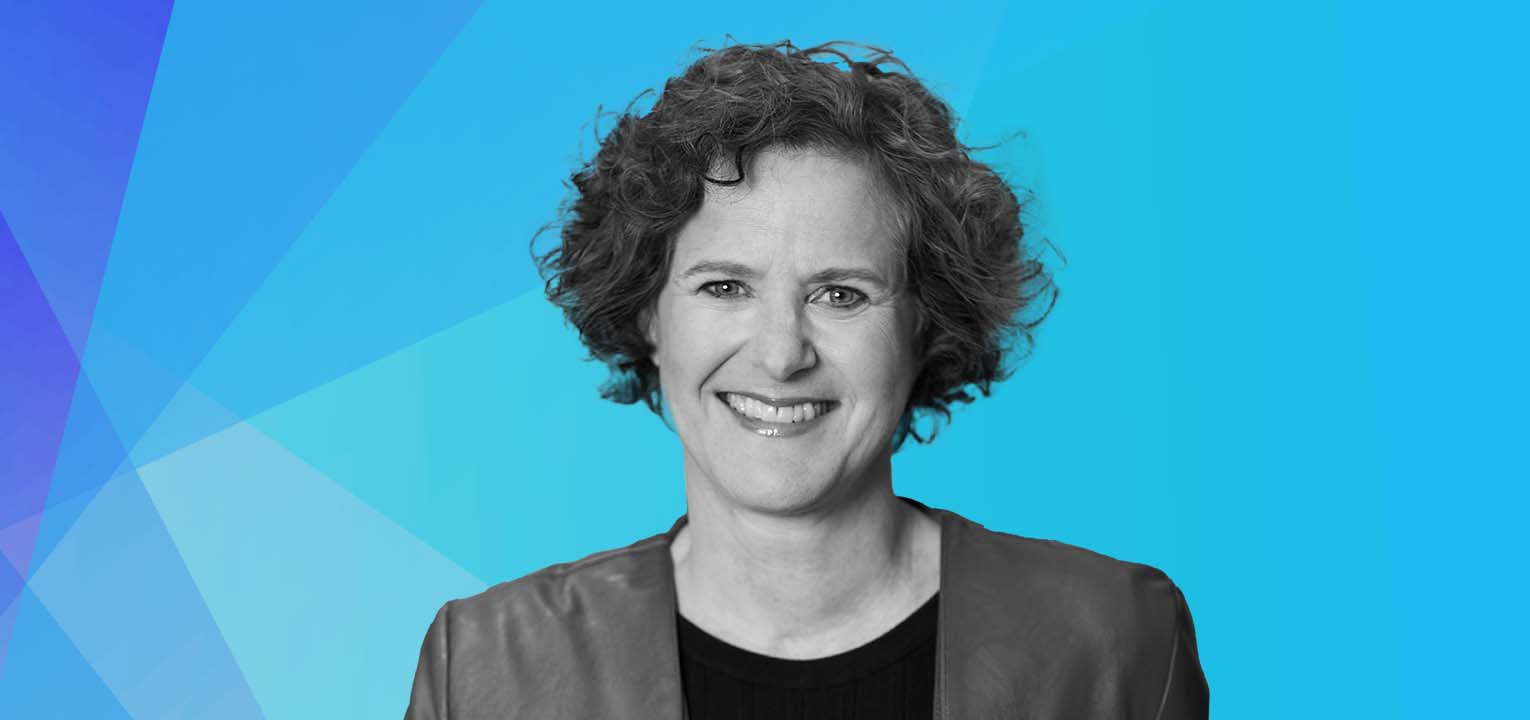July 24, 2019
FCA’s New Overdraft Regulation: Do No Harm Is a Good Start. Do Good Is Better.
In an effort to protect UK consumers, new FCA (Financial Conduct Authority) regulations were announced last month which aim to make overdraft fees simpler to understand, fairer, and in effect, lower.
Andrew Bailey, Chief Executive of the FCA described the rationale for the new rules:“The overdraft market is dysfunctional, causing significant consumer harm. Vulnerable consumers are disproportionately hit by excessive charges for unarranged overdrafts, which are often ten times as high as fees for payday loans. Consumers cannot meaningfully compare or work out the cost of borrowing as a result of complex and opaque charges”.
According to the FCA, banks in the UK earned over £2.4bn from overdrafts alone in 2017, with approximately 30% of that windfall coming from unarranged overdrafts. Even more alarming, over 50% of unarranged overdraft fees came from just 1.5% of bank customers in 2016.
Going into effect April 2020, the new regulations will require banks to charge a simple annual interest rate on all overdrafts, and advertisements addressing overdraft fees will need to clearly display the rate to help consumers compare various products.
A threat or an opportunity for banks?
While the FCA’s move may be a threat to banks that rely on overdraft revenues, it may represent an opportunity for institutions that choose to focus on the customer wellbeing. Forward thinking banks are not waiting for rules and regulations that require them to pull back on such fees and penalties. Instead, they are actively championing for the financial wellbeing of their customers.
According to Accenture’s consumer study, bank customers show a strong interest in personalized services such as alerts and actionable insights when they are close to an overdraft.
Whereas ‘do no harm’ is a defensive move that all institutions will be required to comply with, ‘do good’ is an opportunity for banks to stand out and differentiate themselves. There is plenty of room to help customers do better. Consider, for example, the fact that more than half of 22 to 29-year-olds in the UK have no savings at all.
Yet findings from Accenture show that although half of customers want personal financial advice from their banks, the majority of these customers (79%) view their current banking relationships as purely transactional.
Overcoming the barriers
The barriers for banks to provide such personalized guidance are real, ranging from siloed operations to gaps in analytical capabilities. But many of these traditional barriers are now becoming easier to overcome. With advancements in predictive capabilities, banks can now proactively advise, guide, and automatically assist their clients with their personal finances.
To begin with, AI-based engagement platforms can predict customer cash flow and provide real-time alerts and guidance to help avoid overdrafts before they happen. Furthermore, once granted the relevant permission by the customer, automated money management can proactively take the steps needed to avert the overdraft.
AI-powered Self-Driving Finance now gives banks the methods and means not only to ‘do no harm’ when it comes to dealing with customer overdrafts, but to further advocate for the customer’s financial wellbeing. The same data and behavioral analysis that looks into the past, present, and future of an account to see potential problems can also find opportunities for customers.
‘Do good’ leaders pave the way
These Self-Driving Finance capabilities are already helping over 65 million bank customers worldwide save more, stay on budget, reduce debt, and even eliminate redundant expenses.
In the United Kingdom, Metro Bank’s Insights help customers stay on top of their finances. These timely tips are greatly appreciated by customers, earning an average satisfaction rating of 4.6 out of 5.
In Europe, BGL BNP Paribas launched Genius, an AI-powered digital assistant that provides advice, notifications, and recommendations to promote smart decision-making and healthy money management behavior.
Across the pond, Americans are getting personalized notifications from Huntington Bank’s aptly named Heads Up, keeping them on track to fulfill their financial goals.
In Thailand, UOB’s TMRW, a digital bank tailored to millennials, promises to be the bank that keeps their customers “one step ahead.” And in Canada, RBC customers are automatically saving an average of over $180 a month with NOMI Find & Save™.
For banks that are looking at the new overdraft regulations as a threat, the road to Self-Driving Finance begins with one simple step – first, do no harm. Then look for the opportunity to do better by doing good by your customers.
Related resources:
Powered by AI, worry-free automated savings eliminates overdraft fears
Self-Driving Finance™ in Action: How Banks Use AI to Imporve Customers’ Financial Lives
Want to explore how your bank can harness the power of AI to engage and serve customers? Request a demo now
Latest Posts

Explore our Spring Release Highlights – From Integrated Marketing Offers, to Custom Trackers, and AI Innovation

Showing the Human Side of Digital Banking: Insights from Desjardins' Nathalie Larue

The Emergence of Cognitive Banking at This Year's Financial Brand Forum









